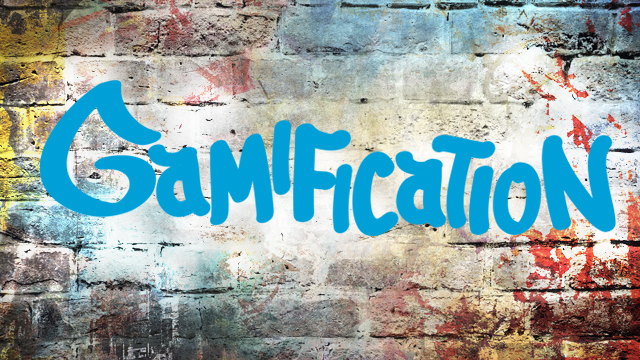The word is jargon, but you needn’t fear it. “Leverage” and “best practices” are jargon too, but you probably use them all the time. If “gamification” conjures images of children hunched over glowing screens mindlessly sending hours into oblivion, then this post is for you.
Gamification is not about playing games. It’s about applying select practices used in game design to heighten emotional engagement in non-game environments. If calling it “engagement-ification” soothes you, then by all means do so. Here’s a brief peek behind the curtain of the “g” word.
- Introduce brief moments that require more focused attention from the user. Maybe a quiz or a timed challenge. This invites the user to up their level of emotional commitment and engagement. Once the focused task is achieved, the sense of mastery will help justify the effort. The user will feel more deeply affiliated and positive about the experience.
- Make sure the user gets frequent feedback. This simple tactic mimics satisfying social interaction. And remember, the human mind believes all attention is good. And even negative attention is attention. Fact is, a mild rebuke can elicit a positive response.
- Give the user multiple long-term and short-term goals. This creates a chunked environment of achievements where the user can experience small victories along the way to something bigger. Small victories seldom feel small. A progressive sense of mastery is very compelling.
- Give the user a beginning and an end. Give them a goal to achieve and a way to track their progress – a scale, a progress bar, a gauge. Everyone likes to know where they stand. And no matter if the news is good or bad, seeing it displayed and updated is a satisfying interaction.
- Focus on rewarding effort over attendance. Just showing up is nice, but the user should have to actually do something, or learn something, in order to gain progress toward rewards. It may sound like work, but it actually builds a bond of trust.
- Introduce an element of uncertainty. This has the emotional effect of raising the stakes and making the user feel more important. It also makes the experience feel more authentic, rather than just a rote program. Even if the uncertainty creates a minor setback, it challenges the user to prove themselves even more. Getting the scale of this right is critical. It mustn’t discourage, but extend a challenge that feels within reach.
- Add access to and interaction with other users. This creates a community that can enhance and amplify the positive effects of the previous six elements.
I hope you can begin to see how these techniques might be brought to bear to propel a brand. And since the “g” word is jargon, here it is in jargonese: Consider the above shared gamification stratagems as best practices your thought leaders can leverage in real-time ideation to optimize key performance indicators and increase stakeholder affiliation.





